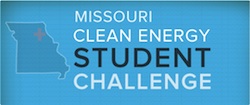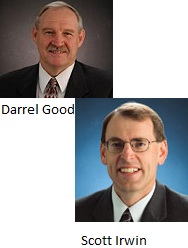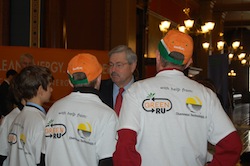Year two is underway in the EcoCAR 2: Plugging in to the Future, competition, sponsored by the U.S. Department of Energy (DOE) and General Motors. The program offers students hands-on experience in designing future cars. The competition began in 2011 and during year one, the competition emphasized the use of math-based design tools and simulation techniques in establishing vehicle foundation.
In year two, students will be challenged to reduce the environmental impact of a 2013 Chevrolet Malibu, donated by GM. The teams must do this without compromising performance, safety and consumer acceptability. In years two and three, students will build the vehicle and continue to refine, test and improve vehicle operation.
There are 15 teams competing in the EcoCar 2 challenge and many of them will head to the winter workshop in Austin, Texas on January 23, 2013 where the year two competition schedule will be unveiled.
During the three-year program, General Motors provides production vehicles, vehicle components, seed money, technical mentoring and operational support. DOE and its research and development facility, Argonne National Laboratory, provide competition management, team evaluation and technical and logistical support. By sponsoring Advanced Vehicle Technology Competitions, GM and the DOE are developing the next generation of scientists and engineers.











